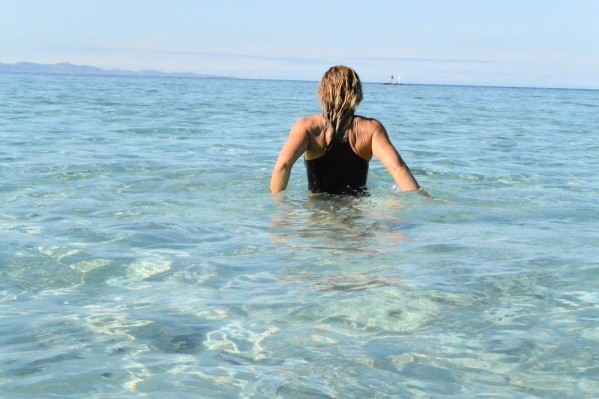
If you haven’t been kind to oneself over winter then the changing of seasons can be a little daunting.
Yep, the jeans and leggings are soon to be ditched in favour of shorts and singlets as spring approaches. This thought may be enough to instigate a bit of a ‘get in shape fitness bender’ which is great news, but are the aching muscles as a result of your previous day’s workout a good thing or bad?
Achey, dull pain after a workout results from microscopic tears in muscle fibres caused by an intense activity they’re not used to performing (aka winter hibernation). Post-workout pain has earned the term Exercise-Induced Muscle Damage (EIMD) which really is our body trying to adapt to the shock of stressing our muscles.
EIMD usually leads to Delayed Onset Muscle Soreness (DOMS). This occurs when muscle pain doesn’t completely set in until 24 to 48 hours after exercise. You know the feeling when you struggle to walk downstairs or sit on the toilet. When the pain limits your range of motion, it’s best to take a hint from our bodies and give them a day or two off.
When torn muscle fibres rebuild, they become stronger, but generally, that process can take two to four days. During this period it time to try cross-training by alternating lower body with upper body or yoga and stretching.
What to do if you have muscle soreness after workouts
+ It is important not to completely stop because movement helps with the recovery period. Even just going for a walk can be enough to get the blood flowing and lactic acid dispelled.
+ Be aware of the difference between muscle soreness and injury though…If the muscle or ligaments are sore to touch this could be the start of an overtraining injury so take it easy and try to get a massage. Sometimes breaking down some muscle ‘knots’ is what is needed, no matter how much stretching you do.
+ To minimize DOMS, try upping intensity gradually over several weeks
+ Warm the muscles up gradually before a session, don’t just expect your body to cope with a hard workout without warming up…it will rebel!
+ Some athletes go for an ice-bath immersion after a competition, following the logic that cold temperatures will restrict blood vessels (reducing swelling) and slow down the process of tissue breakdown.
+ Last but not least, some good old-fashioned stretching does the body wonders. While stretching after a workout loosens the muscles up and can help them recover faster, it is a matter of something is better than nothing. I love my foam roller also to help with stretching and getting into some good ‘trigger points’. Check out for some detailed pictures and explanations of my favourite foam roller stretches and exercises
It’s super important though to know the difference between muscle soreness and injury. Injuries are a different kettle of fish again and come on suddenly while working out or cause you to have extreme restriction in movement. Don’t work through this pain, and make matters worse (for this I am a shocker), catch it early and see a professional.
What do you do for muscle soreness? Have you had any injuries lately?



